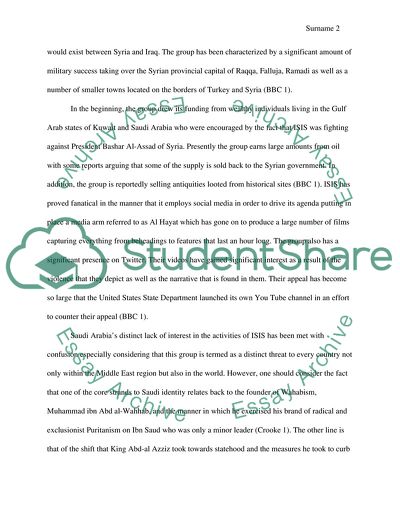Cite this document
(Examining ISIS in the Middle East Coursework Example | Topics and Well Written Essays - 2500 words, n.d.)
Examining ISIS in the Middle East Coursework Example | Topics and Well Written Essays - 2500 words. https://studentshare.org/social-science/1868364-the-issue-of-isis-in-the-middle-east
Examining ISIS in the Middle East Coursework Example | Topics and Well Written Essays - 2500 words. https://studentshare.org/social-science/1868364-the-issue-of-isis-in-the-middle-east
(Examining ISIS in the Middle East Coursework Example | Topics and Well Written Essays - 2500 Words)
Examining ISIS in the Middle East Coursework Example | Topics and Well Written Essays - 2500 Words. https://studentshare.org/social-science/1868364-the-issue-of-isis-in-the-middle-east.
Examining ISIS in the Middle East Coursework Example | Topics and Well Written Essays - 2500 Words. https://studentshare.org/social-science/1868364-the-issue-of-isis-in-the-middle-east.
“Examining ISIS in the Middle East Coursework Example | Topics and Well Written Essays - 2500 Words”. https://studentshare.org/social-science/1868364-the-issue-of-isis-in-the-middle-east.


